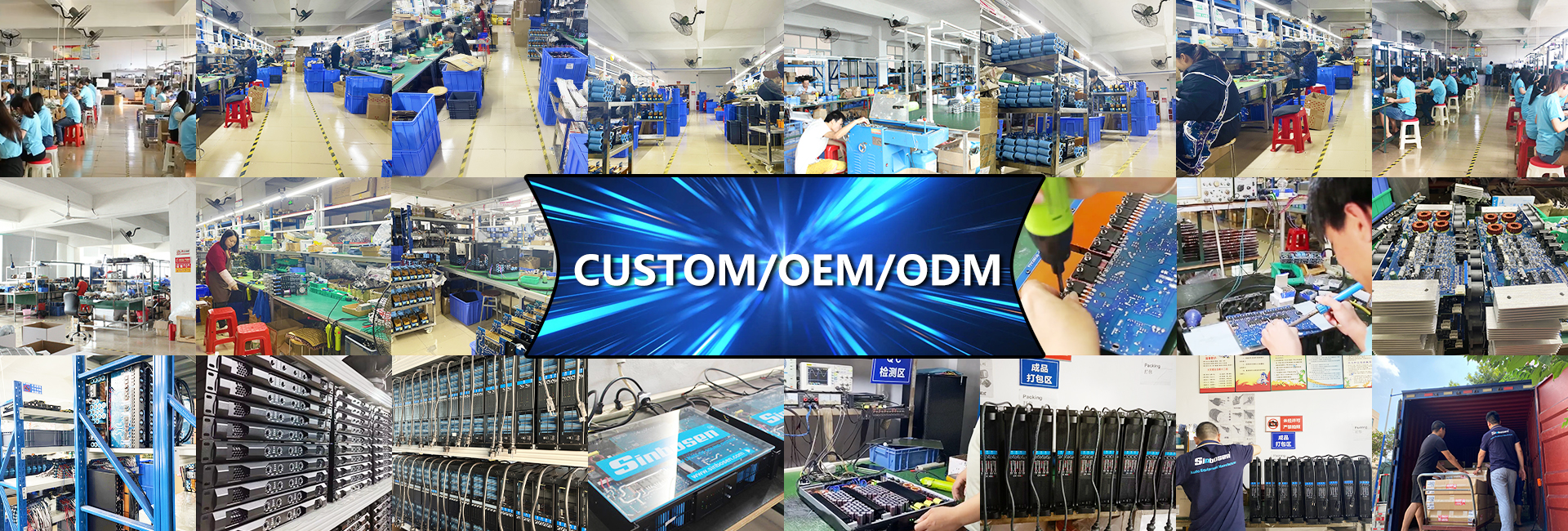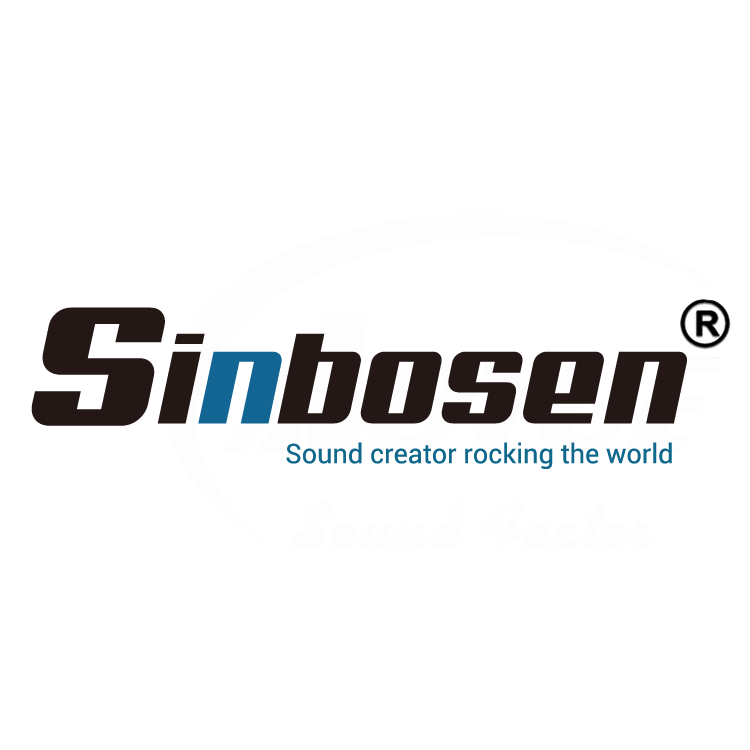What is the difference between DSP power amplifier and ordinary power amplifier?

1. What is a DSP?
DSP (Digital Signal Processing) is a unique microprocessor that uses digital signals to process large amounts of information. It works by receiving an analog signal and converting it to a digital signal of 0 or 1. The digital signal is modified, deleted, and enhanced, and the digital data is interpreted back into analog data or the actual environment format in other system chips.
2.DSP amplifier.
A simple understanding of DSP amplifiers is a power amplifier with a DSP chip. It not only has the function of power amplification of the audio signal by the ordinary power amplifier, but also has the function of digital effect processing on the audio signal.

There are a lot of expensive ordinary power amplifiers on the market. These power amplifiers are relatively stable and long-lasting, but there is still a distance from the DSP power amplifier. If the ordinary power amplifier wants to meet or exceed the sound quality of the DSP power amplifier, it needs an additional independent. DSP processor.
1) Ordinary power amplifiers can only adjust the gain, high and low pass, and can not be connected to the computer.
DSP power amplifier can be adjusted by computer, adjust the parameters of each channel (EQ, delay, crossover point, etc.), select the attenuation or add according to the environment, adjust the time of the speaker sound, and make the sound of all the speakers. It can reach the human ear at the same time and debug different frequency bands to achieve equalization and obtain lower distortion and better music.
2) The main function of the traditional power amplifier is power amplification. The functions of all traditional power amplifiers are not much different. The main differences are power, distortion, signal-to-noise ratio, control power and so on. In addition to the power to be amplified, the DSP power amplifier has basic functions such as sensitivity matching of the input, simple frequency division and low frequency enhancement. The function is more powerful and complicated.
The main function of DSP amplifiers is to process audio signals and amplify power. There are also many DSP amplifiers with multiple audio input functions. Thanks to the DSP function, it is not only basic sensitivity matching and simple crossover function in processing audio. For example, each channel independently adjusts the frequency division, EQ, delay, mute, phase, etc., which are standard functions, and the frequency division slope, frequency division type, and frequency division point all have multiple modes and precisions.

4. DSP amplifier advantages.
1) In terms of listening, the power of the DSP amplifier is very strong, and the power is really good. At the same time, the sound does not become very hard due to the powerful power, but a soft and resilient sound. In terms of music style, vocals, pop songs, and classical music can be easily mastered. Of course, due to the high power, big dynamic rock or dance music can also perform well.
2) It is not sensitive to the tolerance of component values, and is less affected by external factors such as temperature and environment;
3) It is convenient to adjust the coefficients of the processor to achieve adaptive filtering;
4) It can realize functions that cannot be realized by analog processing: linear phase, multi-sampling rate processing, cascading, easy storage, etc.
5) Can be used for signals with very low frequencies;
6) Easy to implement integration;
7) Tuning function, in the case of harsh environment, can use the tuning function to make up for it.
5. What problems can DSP amplifiers solve?
DSP amplifiers can solve common problems in many audio systems.
E.g:
►Sound localization problem,
►High-medium-low-tone levels are not clear,
►Sound turbidity problem,
►Sound field problem,
►Surrounding problem,
►The bass is dull, the power is insufficient, and so on.
Sinbosen has 4 series of dsp amplifiers. ①The classic dsp amplifier series adds a DSP module based on the Sinbosen classic FP series amplifier, which can be controlled by touch screen or computer software! Easy and convenient to use! Meet basic control needs! ②The LA series also adds a DSP module based on the classic FP series, and the DSP function is more powerful! However, there is no touchscreen function. ③D series DSP adopts German All dsp All Control software, which is very powerful, and the modified series power amplifier can be used for 2ohms! ④The K series DSP power amplifier is a smaller power amplifier with high-cost performance!
①Classic DSP Series Amplifier: DSP10000Q► DSP20000Q► DSP22000Q► ( This series is now being upgraded!)

1). Built-in 96KHz sampling frequency, 24-bit A/D and D/A conversion, 32-bit floating-point DSP chip processor with active crossover, delay processing, EQ tuning, equalization, etc. (including maximum delay of up to 1) . The crossover frequency, slope and slope can be adjusted. Balanced frequency, gain and bandwidth can be adjusted. Available in PEQ and Hi-Shelf modes.
2). 4-inch LED color touch screen, simple and intuitive user interface, convenient for users to operate the amplifier.
3). Equipped with professional PC control software, remote real-time control via USB or RS485 interface, the output can be freely rectangularly distributed.
4). Balanced inputs and outputs with high-pass low-pass filter feedback.
5). Complete protection features including soft start power, DC overload short circuit, over temperature, ultra high frequency, clipping and limiting protection circuits.
6). Excellent cooling system, using high-efficiency short-tooth wide and thick heat sink, the output transistor maintains the same temperature, and the heat dissipation performance is several times higher than that of the ordinary heat sink.
②Sinbosen LA Series DSP Power Amplifier:
| DSP Function:In Level,Gate,Feedback,In Filter,In Limiter,In Delay,Matrix,Signal,Out Level,Out Filter,Out Limiter,Preset,Settings,Security etc. This DSP has below feature: ● It suit for Win 7 Win10 and MAC system; ● ADSP-21488 400Mhz floating-point DSP ● Dynamic range 110dBu ● Input 16 PEQs and Output 16 PEQs ● Time-Delay CH1-4 : 218ms, CH5-8 : 168ms ● Two 100M Ethernet interfaces ● PC Software Automatic Discovery Processor ● 32 system presets ● Fast copy of channel parameters ● Upgrade DSP and ARM firmware through Ethernet ● Any Module Function Parameter are Hidden and Read - Only ● Customized your Brand on DSP Software easily. |
 |
③Sinbosen D Series Digital Amplifier:
 |
Our D series DSP amplifier used ALLDSP system from Gemany. It is suit for Windows,Mac and ios system. The application for iPad or iPhone can be downloaded and installed from the Apple Store .
For the Remote Operation Software (Windows and Mac) and Manual, Please check Download link or contact us! Note that for a Windows computer, there are separate applications for Windows 32 bit and 64 bit.
|
||||||||||||||||||||
④Sinbosen K Series Digital Amplifier:
|
►48kHz sampling frequency DSP processor, 24 bit A/D and D/A conversion; 4 in and 4 out DSP modules. ① Adjustment range -12dB~+12dB, ► All 4 outputs have 9 independent parameter equalization segments, ① Adjust the gain range to -12dB~12dB, |
 |

 |
 |
 |
 |
 |
Sinbosenaudio is a sound manufacturer specializing in the production of amplifiers and speakers. We have over 10 years of experience in the sound industry and have established local overseas warehouses in the United States, Mexico, Europe, and Chile! Fast local shipping and tax free! Welcome to consult us, the Sinbosen team is always at your disposal!
Contact Us to get product catalog:
Whatsapp:https://api.whatsapp.com/send?l=en&phnoe=8616676738225
Website:https://www.sinbosenaudio.com/









